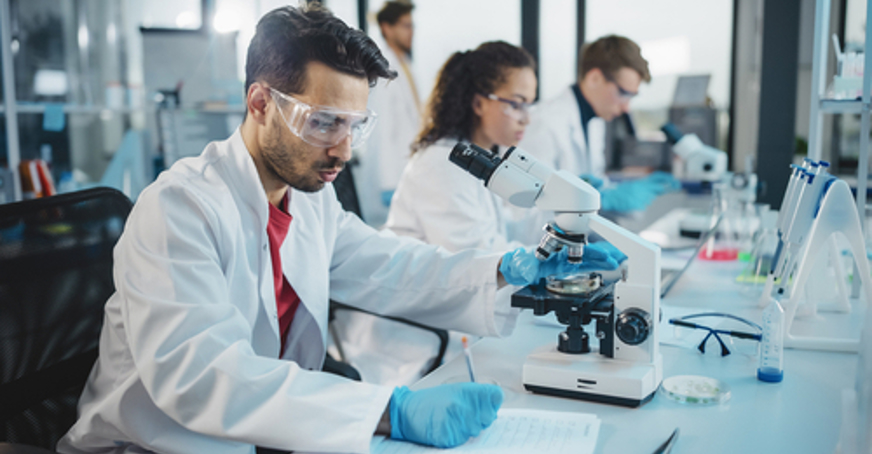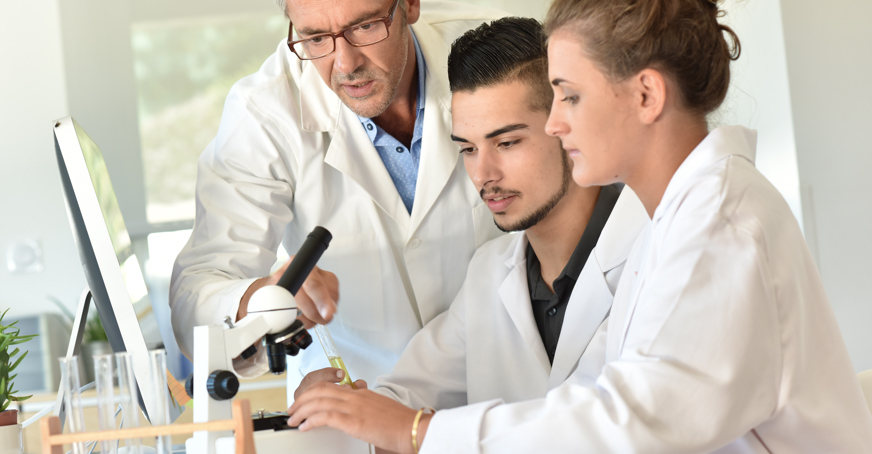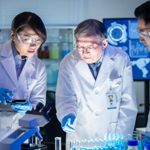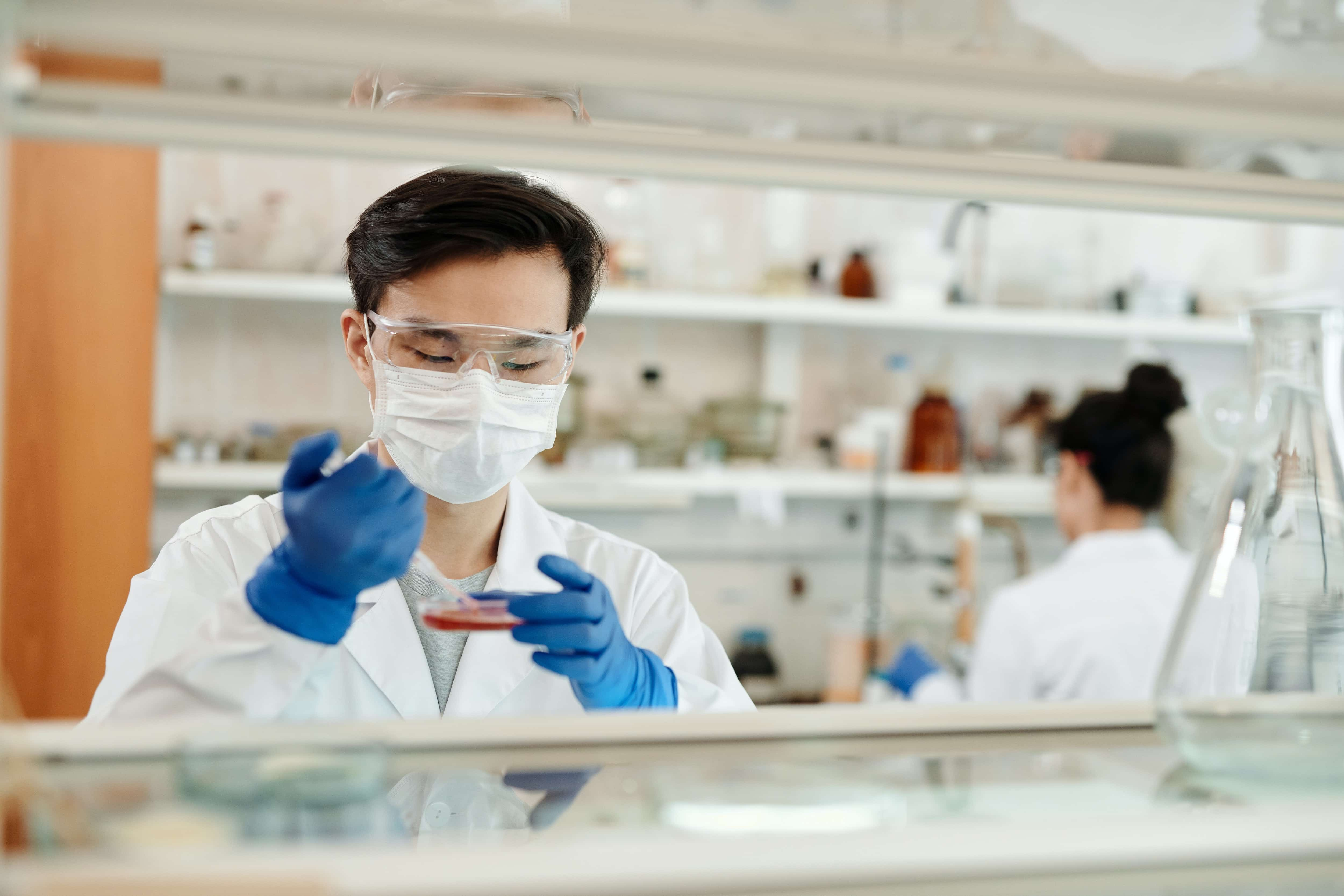
Eric Reid Fund for Methodology
This fund is available to provide modest financial support for benchwork. The emphasis is on methodology, with a preference for cellular or bioanalytical work.
The Fund was endowed by a Trust (Guildford Academic Associates) co-founded by Dr Eric Reid, an Emeritus Member. Dr Eric Reid (1922-2010) was well known in the bioanalytical community as the founder of Reid Bioanalytical Forum.
Examples of awards
- Developing and applying a new technique
- Checking the application of a known technique in new circumstances
- Feasibility studies by new staff before they apply to a major award-granting body
How much funding is available?
- £4,000 (for consumables only)
- £6,000 (to cover a £2,000 stipend to a summer vacation student).
Any additional funding sought for the proposed work from other sources should be mentioned in the application.
Hear from a Committee member
Members of our Reviewing Panels took part in a Biochemistry Focus webinar titled 'How to apply for Biochemical Society grants: Education, Research and Outreach'.
Hear from Dr Simon Moore, who discusses what to include in an Eric Reid Fund for Methodology application.
“We proposed to develop and implement a new approach for labelling Fab fragments covalently and with a defined stoichiometry. We successfully generated indole-based probes and showed proof of principle super-resolution imaging experiments of b-tubulin, paving the way for validating the use of this labelling strategy in visualizing key cellular components with enhanced resolution. This fund also served as a great training platform for junior scientists as our summer student secured admission to a PhD program!
“
Eric Reid Fund for Methodology recipient
Contact us
For further information please get in touch with the Grants department.
Related content
Find out more about Dr Eric Reid (1922-2010), the current members of the Eric Reid Management Committee, and related funding opportunities below.









